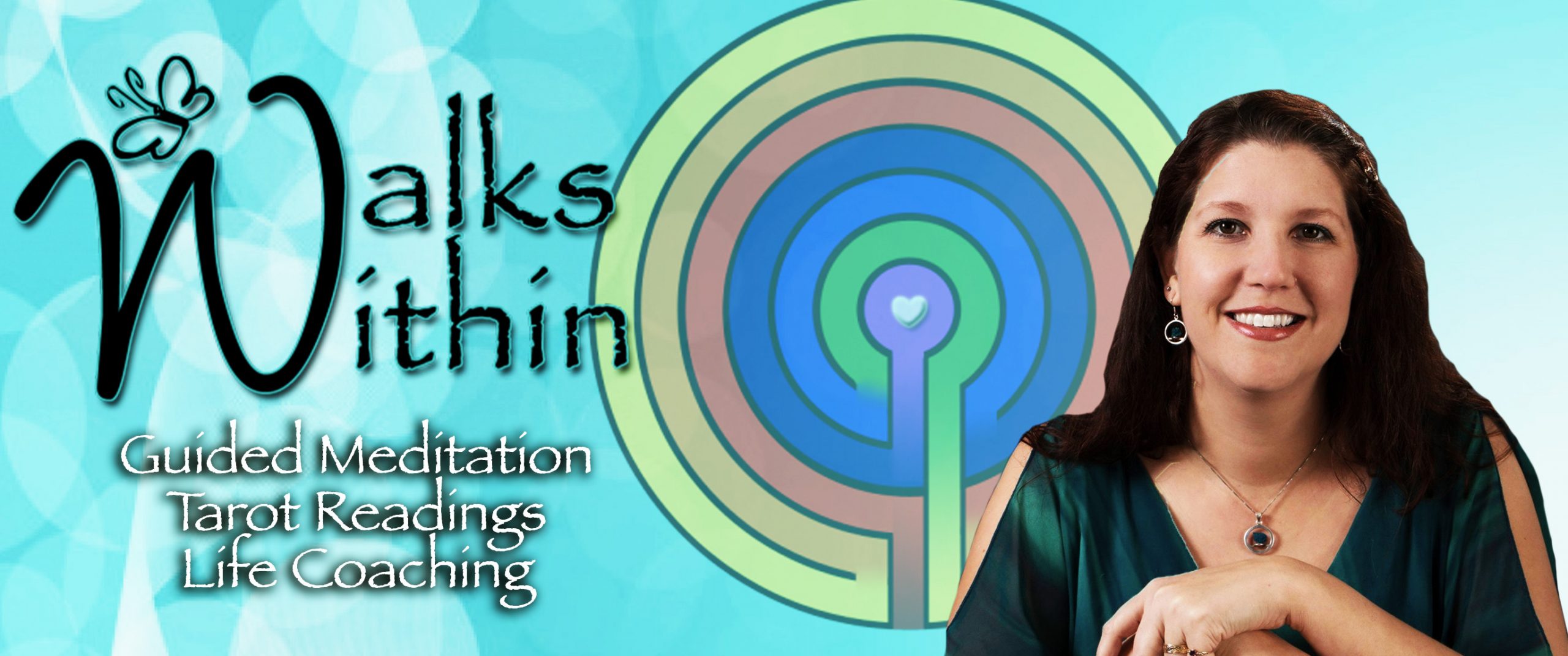It’s been a crazy week for me – dealing with jet lag and airline crud and having a pretty full schedule that didn’t allow for much down time.
I’ve said before that when I am sick and/or overtired, the first things to fall out of my routine are the things that are healthy. This week, I have noticed that my meditation practice has been suffering. There has been a lot more sleeping than meditating. And I’m mostly ok with that. I needed the sleep.
Now, though, as I am recovering, I definitely feel the need to recharge my meditation practice. I’ve been missing the connection time with my higher self and with Deity. That connection with Deity is really important right now as I prepare for Hekate’s Sickle Festival next month because I’ll be holding the energy of Ereshkigal.
 I’ve had a connection with Inanna for a very long time. As I’ve worked with different Greek goddesses over the past few years for Spring Mysteries Festival, I’ve been able to increase my connection with each of them by relating them to aspects of Inanna. I see the progression from one region of the Middle East through to the Mediterranean – the names of the goddesses may change, though their aspects and many of their myths stay remarkably similar.
I’ve had a connection with Inanna for a very long time. As I’ve worked with different Greek goddesses over the past few years for Spring Mysteries Festival, I’ve been able to increase my connection with each of them by relating them to aspects of Inanna. I see the progression from one region of the Middle East through to the Mediterranean – the names of the goddesses may change, though their aspects and many of their myths stay remarkably similar.
Most of what I know of Ereshkigal is through the myth of the Descent of Inanna. Ereshkigal is often referred to as Inanna’s dark sister. To work with Her more closely, though, I need to develop a connection with Ereshkigal directly, and not through Inanna.
To do that, I’m going back to the source – Sumerian Mythology. Sumer was the cradle of civilization. It’s mythology, culture, and society had a large influence on the generations that followed. Even after the Akkadians (Babylonians) had conquered Sumer and it’s kings ruled no more, the Sumerian written language – cuneiform – was used for legal and religious texts.
I’m reading the works of Samuel Noah Kramer, who was one of the foremost experts in Sumerian history and language. I’m thoroughly enjoying learning about the cosmology of this ancient people who developed one of the first systems of writing. And as I am reading the stories, and fragments of stories, I’m starting to get a better picture of the world that Inanna fit into and the other deities that She interacted with.
And more importantly for this moment, I’m getting a fuller image of Ereshkigal. She’s not just the goddess of the dead and a hard task master. She’s had her loves and losses too. She can be scary, yes. And she’s so much more. I’m looking forward to deepening my relationship with the Queen of the Great Below.
Blessings,
Mary
